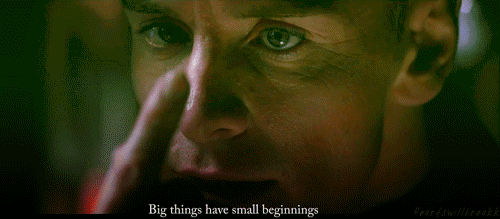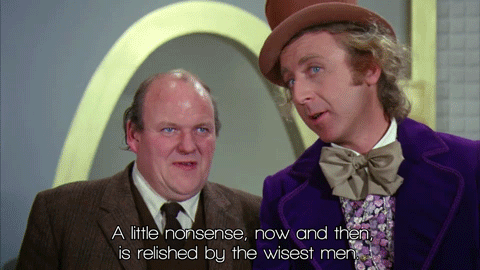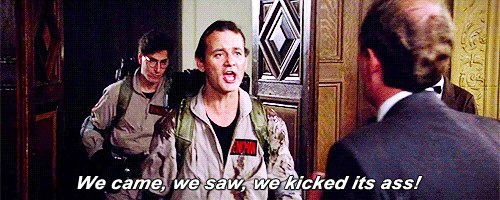Influencer Marketing – A Quasi “How To” Manual
At our agency, we’ve been in the blogger relations business since we opened our doors six years ago. We live, breathe and drink influencer marketing, but I’m still uneasy with the notion of building a manual for “how to reach out to bloggers.” Not because I think we have some secret formula when it comes to influencer outreach; the challenge is that blogger relations is more about the relationship and less about the process. Relationships are built organically, over time. There’s no manual for building camaraderie and trust. That said, there are some basic guidelines I can offer up that may help demystify what we take into account when activating influencer marketing campaigns.
- Find a common denominator between your product or brand and the blogger. Far too often, we hear of brands sending out pitch emails to a huge list of bloggers often on BCC, with no personalization. Spoiler alert: this tactic will not get you results. It will get you straight into the delete folder. Take time to read each blog you are pitching, see when and where the blogger may have written about a similar subject, and make the connection.
- Today’s “blogger” really is an “influencer”. Their influence extends far beyond their blog. We go beyond the blog to review their full suite of social channels and digital footprint. You may learn they have a different content strategy on Pinterest or Twitter than they do on their blog. When pitching, think about their entire eco-system of social activity and how your product or brand might be served on their social channels.
- A blogger has a name. It’s not “Dear Blogger” and certainly not “Dear Mommy Blogger.” Imagine how you’d respond if you got an email that read, “Dear PR Hack,” or, ‘Hey you, marketing maven.” I can’t imagine you’d respond positively, so don’t be surprised if your “Dear Blogger” email is met with no response. I wish I did not have to offer this advice in 2015, but I still do. Use the blogger’s actual name when reaching out to them, and yes, you can find their name in the “About” section of their site.
- Take the time between campaigns to listen. How do you do that? Go to a blogging conference, read a blog, follow an interesting blogger on Twitter, or even friend them on Facebook. Despite commonly held beliefs, most bloggers aren’t living in their basements, alone at their computer waiting for you to send them a pitch. They have lives, they write, they volunteer, they exercise, and they write some more. The truly great bloggers don’t do sponsored post after sponsored post. They have opinions and it’s worth getting to know something about them.
- Focus on the relations and less on the sponsorship part of the equation. Back when I was a PR professional, I had some good solid relationships with a few reporters. I’d take the time to chat with them even when I didn’t have a story to pitch. Those key relationships held me in good steed when I did have a story and no idea how to get it into the media. If the only time you reach out to a blogger is when you are selling, you’ll be sold up the river when you really need their help.
I know everyone out there really does want to crack the crack the “blogger relations” nut. I understand why! Bloggers are influential. They’ve built a platform and complimentary social channels where they share their message. Brands who can build a relationship with a blogger have the opportunity to create rich third party content. Get the relationship piece right and then you’ll get real results.







